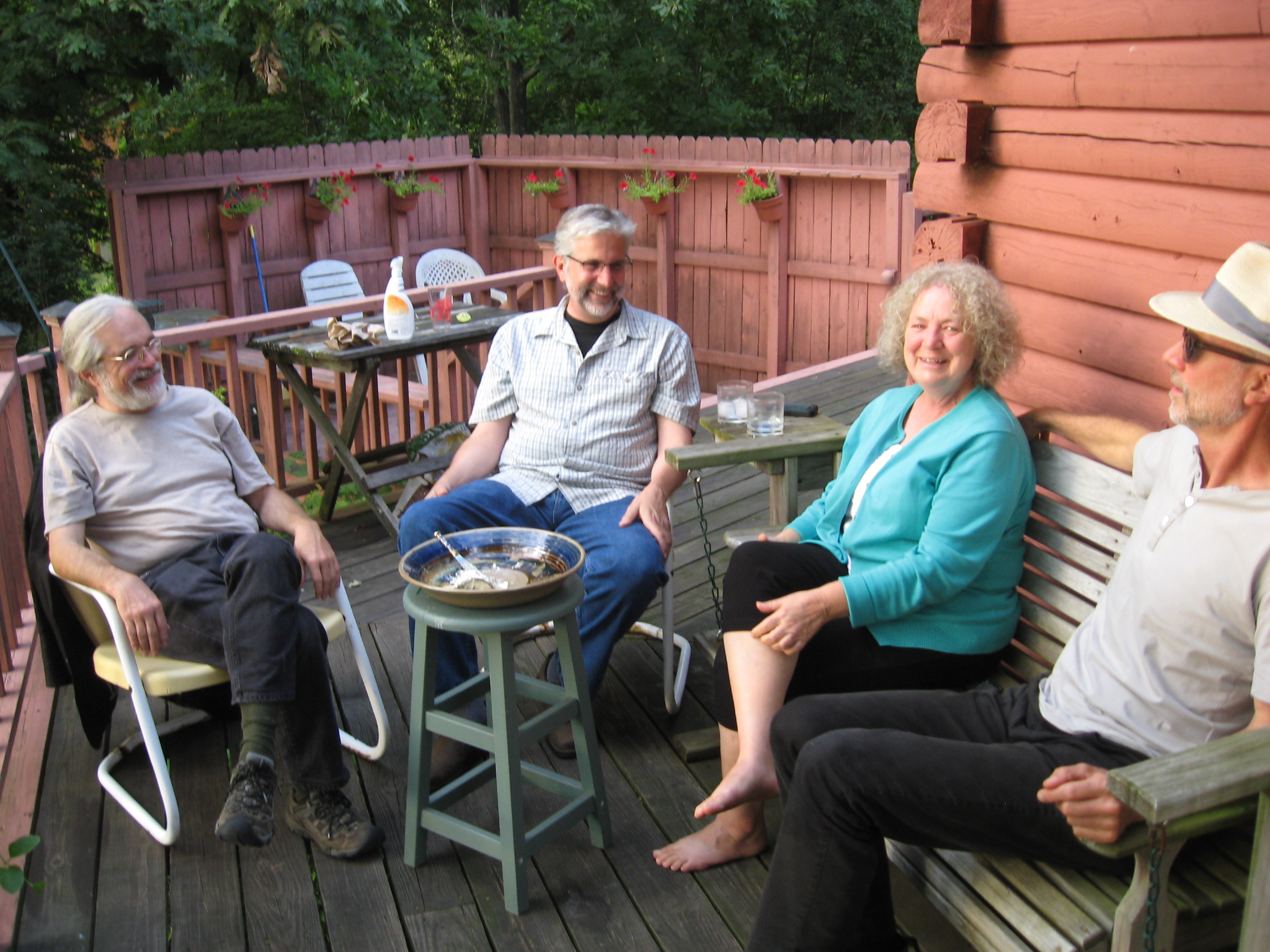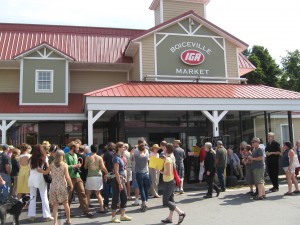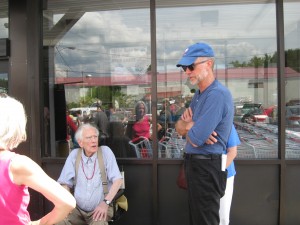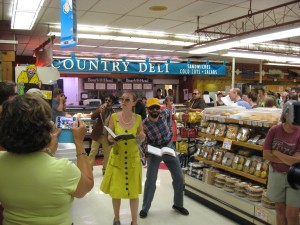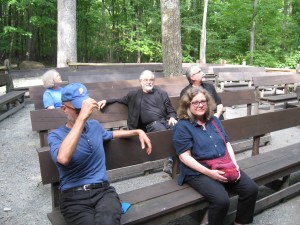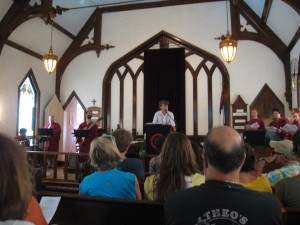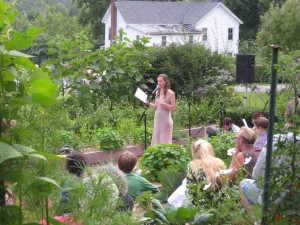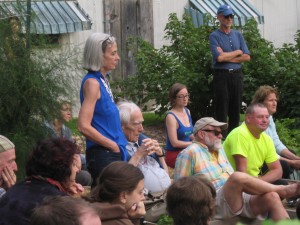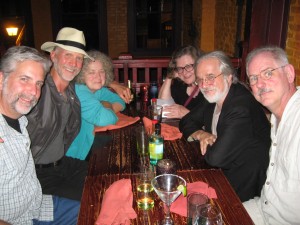My web site is down at the moment. I was informed by Hostmonster, where I keep it, that my domain registration was going to expire. My domain was held by Melbourne IT. Melbourne IT informed me that they had sold it to Yahoo. Yahoo’s customer support is undoubtedly the absolute worst in the history of the internet. I keep circling through their website, and being told that I need to go to my “Business Control Panel,” and the link to that instead takes me back to the beginning and tries to sell me a domain name. I’ve tried everything. The other day I gave up after being on hold for 40 minutes. I did update my credit card info, and Hostmonster now tells me that my domain is good for another year, but I still can’t change the redirect for the same reasons given above. I don’t know how to negotiate this. Any advice welcome. In the meantime, if you have a Gann emergency and need to get to my website, there’s an alternate link here, thanks to Hostmonster, whose tech support is quick and efficient.
UPDATE, Aug. 27 – Transferred the domain name to Hostmonster, just waiting for Yahoo to release it, which could take a few days. Finally found a sympathetic text-support guy at Yahoo, too, ameliorating my above sentiment somewhat. Again, go here for the website in the meantime.
UPDATE, Sept. 2 – Web site is now functional again.

